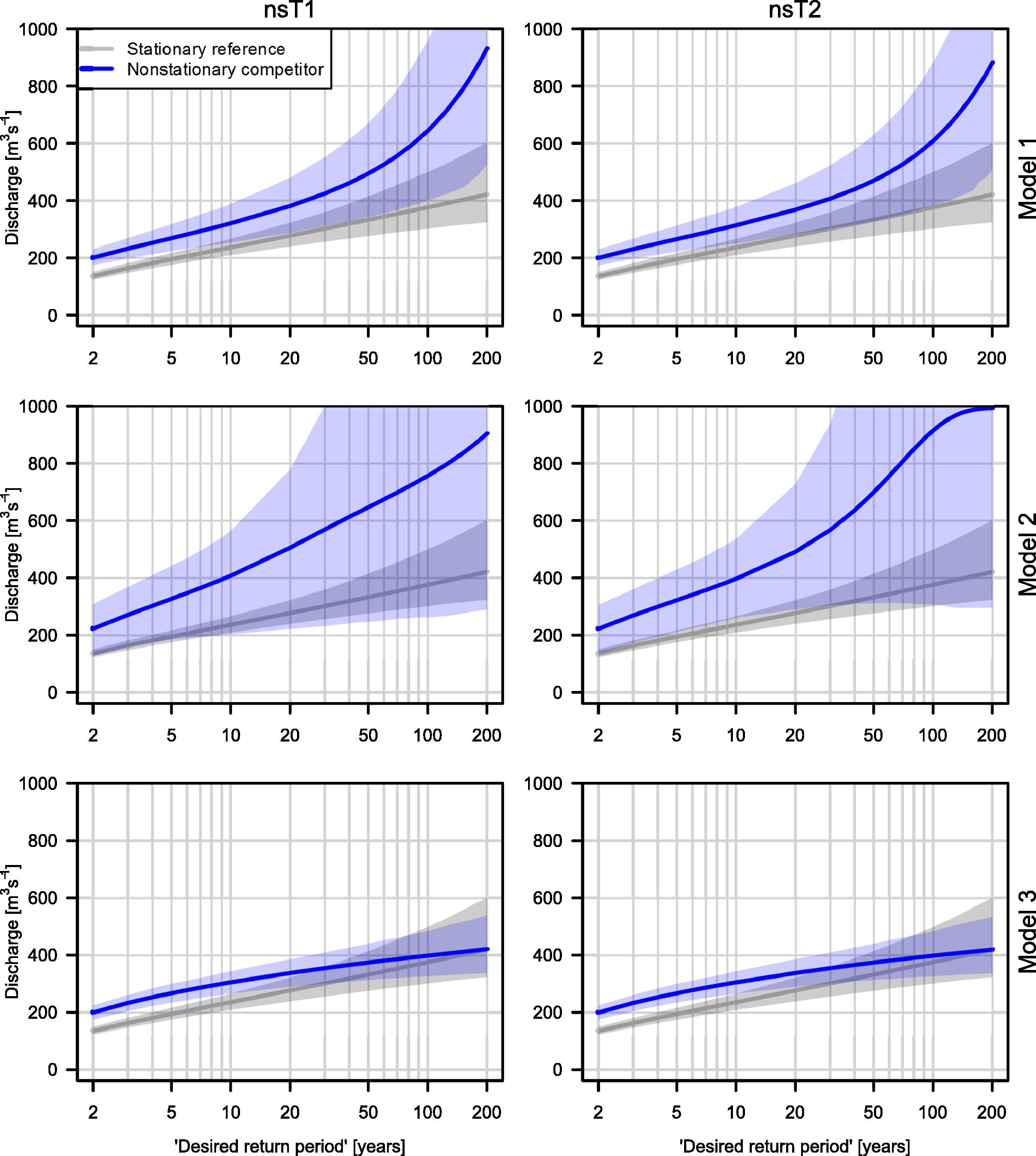A Spatiotemporal Hierarchical Bayesian Model for Nonstationary Intensity-Duration-Frequency Curves
October 13, 2023
Teamwork Makes the Dream Work

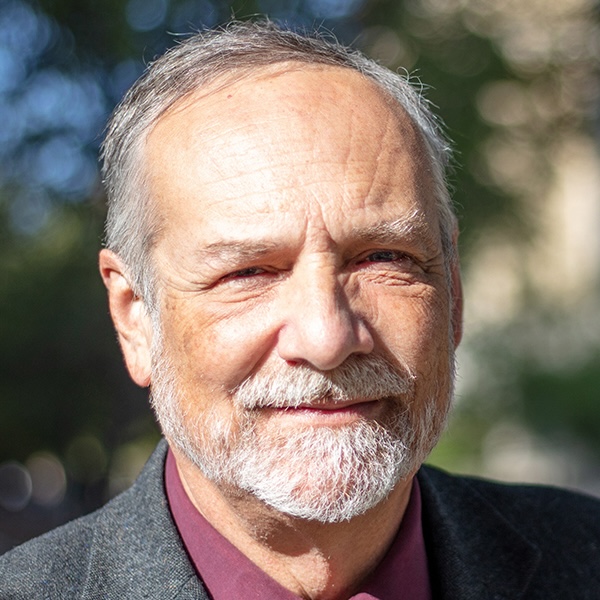



Motivation
Today
Motivation
Conceptual Framework
Case study
Ongoing work
Conclusions
Heavy rainfall: Texas and 🌎

:format(webp)/cdn.vox-cdn.com/uploads/chorus_image/image/56417707/840239148.0.jpg)




/cloudfront-us-east-2.images.arcpublishing.com/reuters/4F23LASZIJMR7MEK3N7H2TJETM.jpg)

IDF curves are widely used

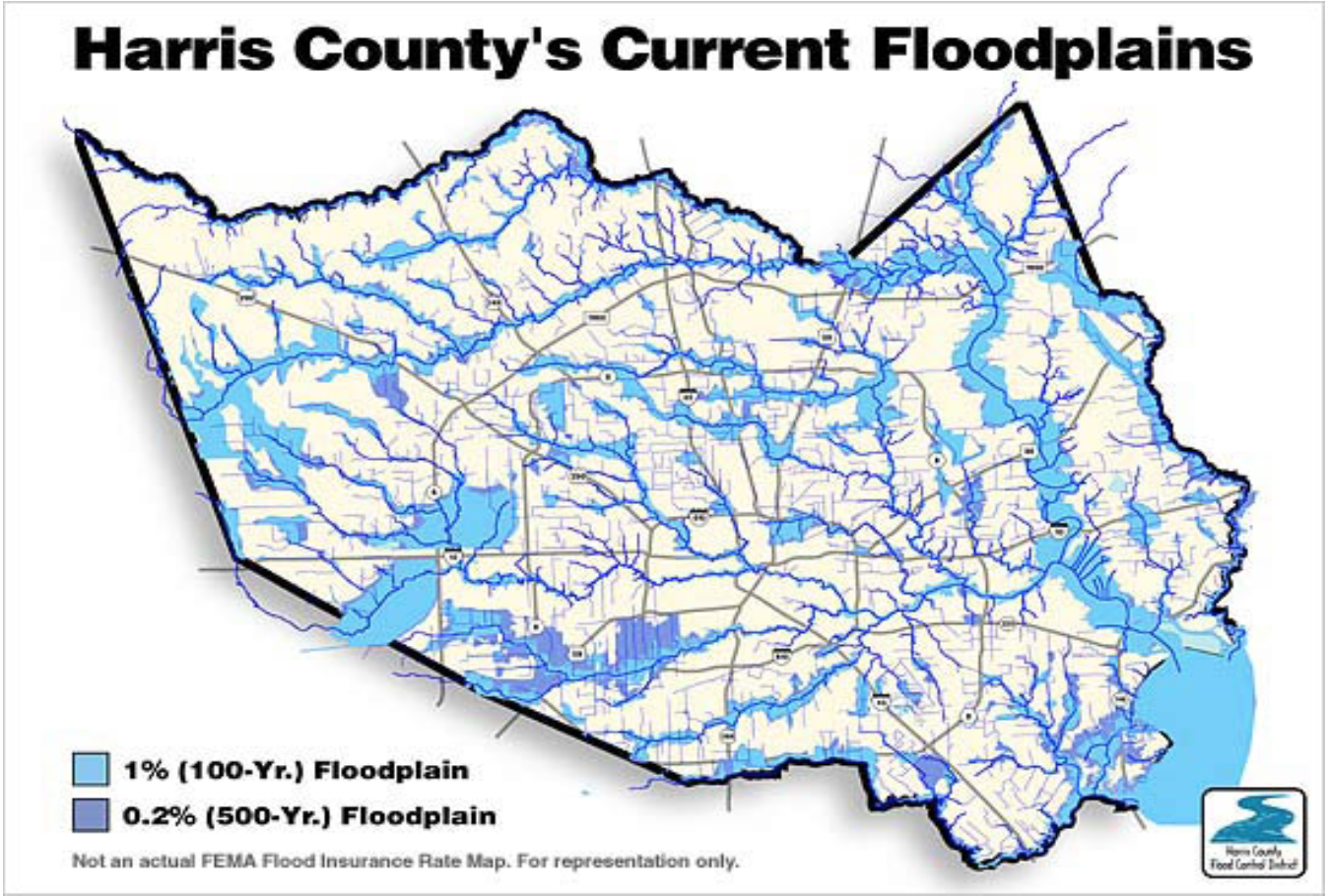
Existing guidance leaves gaps

| Approach | Drawback |
|---|---|
| Stationarity | Accounting for climate change |
| Point estimate then interpolate | Uncertainty quantification / characterization |
| Separate estimate for each duration | Physically inconsistent, high uncertainty |
| Use gauges w/ long record only | Integrate newer gauges (e.g., mesonets) |
Key insight
These limitations are most evident at short durations, where the largest changes are anticipated
So what to do?

Conceptual Framework
Today
Motivation
Conceptual Framework
Case study
Ongoing work
Conclusions
Nonstationary extreme value models
Generic nonstationary model for annual maximum precipitation: \[ y(\vb{s}, t) \sim \text{GEV} (\mu(\vb{s}, t), \sigma(\vb{s}, t), \xi(\vb{s}, t)) \]
Process-informed models condition parameters on climate indices \(\vb{X}(t)\) and spatial feature \(\vb{Z}(\vb{s})\) (Cheng & AghaKouchak, 2014; Salas et al., 2018; Schlef et al., 2023) \[ \mu(\vb{s}, t) = \beta(\vb{s}) \times \vb{X}(t) + \alpha \times \vb{Z}(\vb{s}) \]
(optional): same for \(\sigma(\vb{s}, t)\) and \(\xi(\vb{s}, t)\)
Estimation uncertainty
Estimates matter for design & cost
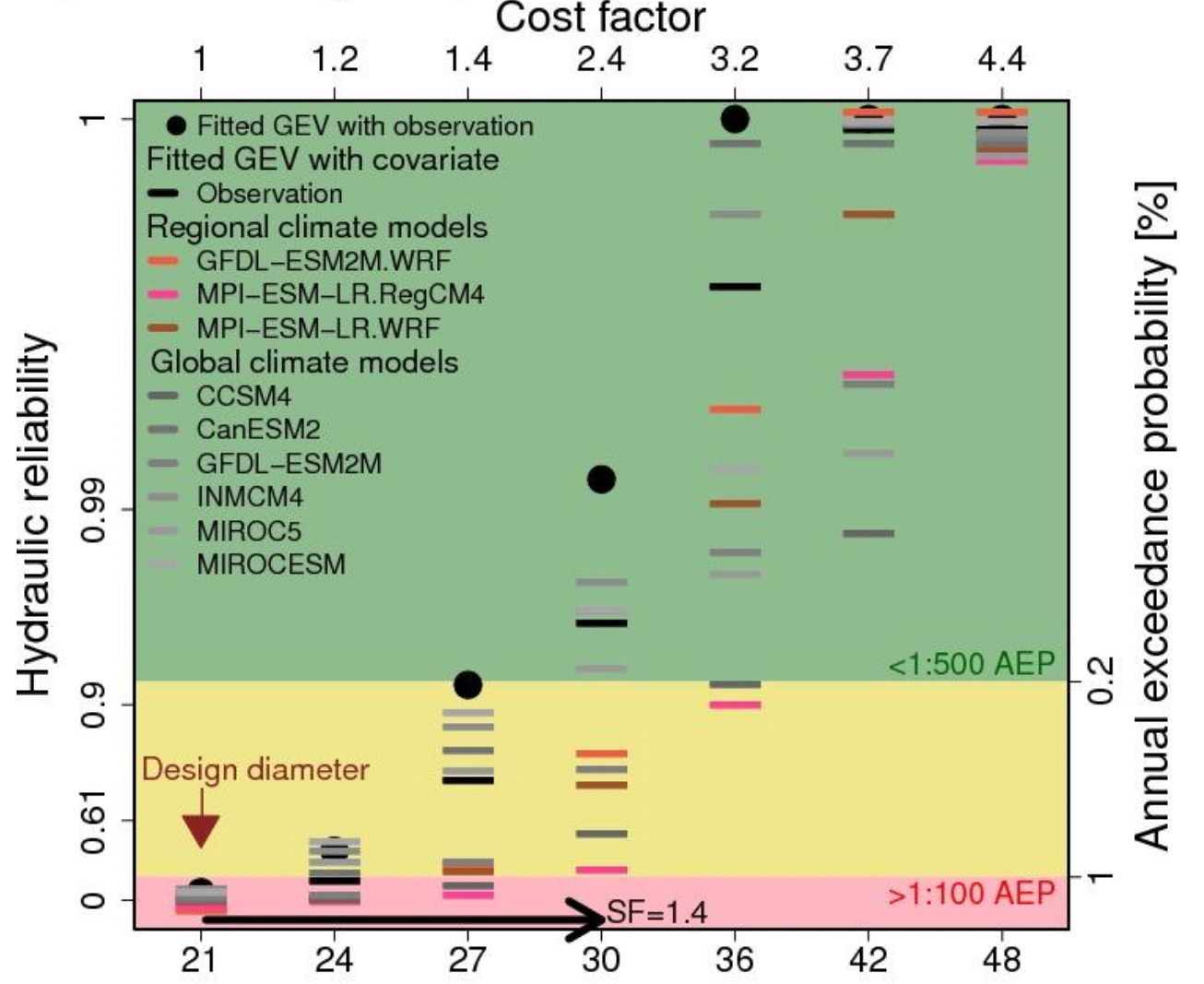
Sharma et al. (2021): Ellicott City, MD
Case study
Today
Motivation
Conceptual Framework
Case study
Ongoing work
Conclusions
Data
| Today | Ongoing TAMU/TWDB project |
|---|---|
| NOAA GHCN | Extended Atlas-14 and more |
| Daily | Multiple durations |
| Only stations w/ long record | Integrate newer gauges (e.g., mesonets) |
Statistical framework
Bayesian hierarichal space-time model (“Spatially Varying Covariates”): \[ \text{Extreme Value Theory} \quad \times \quad \text{Gaussian Processes} \]
- Handle varying gauge lengths
- Quantify uncertainty in estimates
- Assumption: robust effects of climate covariates on the probability distribution of heavy rainfall are heterogeneous in space and time

Flexible inference
We can calculate this map for past, current, or projected global \(\text{CO}_2\) concentrations

100 year RL for daily precipitation, 2021
Robust changes in precipitation frequency

Change in 100 year return level for daily precipitation, 1940-2021
Proabilistic
Fully probabilistic projections at any ungauged location, with uncertainty quantification built-in
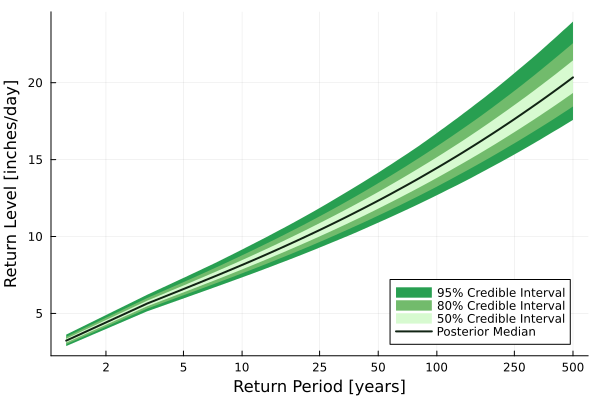
Return Plot for Daily Rainfall at Rice University (ungauged, has nearby stations)
Ongoing work
Today
Motivation
Conceptual Framework
Case study
Ongoing work
Conclusions
Parametric duration dependence
Adding a few parameters, we explicitly and flexibly model the GEV parameters as a function of duration \(d\) (Fauer et al., 2021; Koutsoyiannis et al., 1998; Ulrich et al., 2020): \[ \begin{aligned} \sigma (d) &= \sigma_0 (d + \theta) ^ {\eta_1 + \eta_2 } + \tau \\ \mu (d) &= \tilde{\mu} (\sigma_0 (d + \theta ) ^ {-\eta_1 } + \tau) \end{aligned} \]

Integrate climate model simulations
Climate model simulations provide valuable insights, but precipitation is averaged in time and space and represented with substantial biases.
Traditional approaches use climate models directly to
- Downscale and bias correct daily/hourly output, then estimate IDF curves
- Estimate IDF curves from climate models, then bias correct
Many bias correction pitfalls (see, e.g., Ehret et al., 2012; Lafferty & Sriver, 2023)
We use use climate models indirectly to “play to their strengths”:
- Project climate indices
- Constrain spatial parameters
- Inform duration dependence
Conclusions
Today
Motivation
Conceptual Framework
Case study
Ongoing work
Conclusions
Science to action
- Next-generation precipitation frequency grids for Texas
- TWDB funded project
- TAMU (lead) and Rice
- Hope to contribute tools and knowledge to NOAA Atlas 15 efforts (National Weather Service & Office of Water Prediction, 2022)
Summary
- Probabilistic and flexible approach for nonstationary extreme value analysis
- Robust estimates
- Natural pathway to integrate climate models, duration dependence, and more



